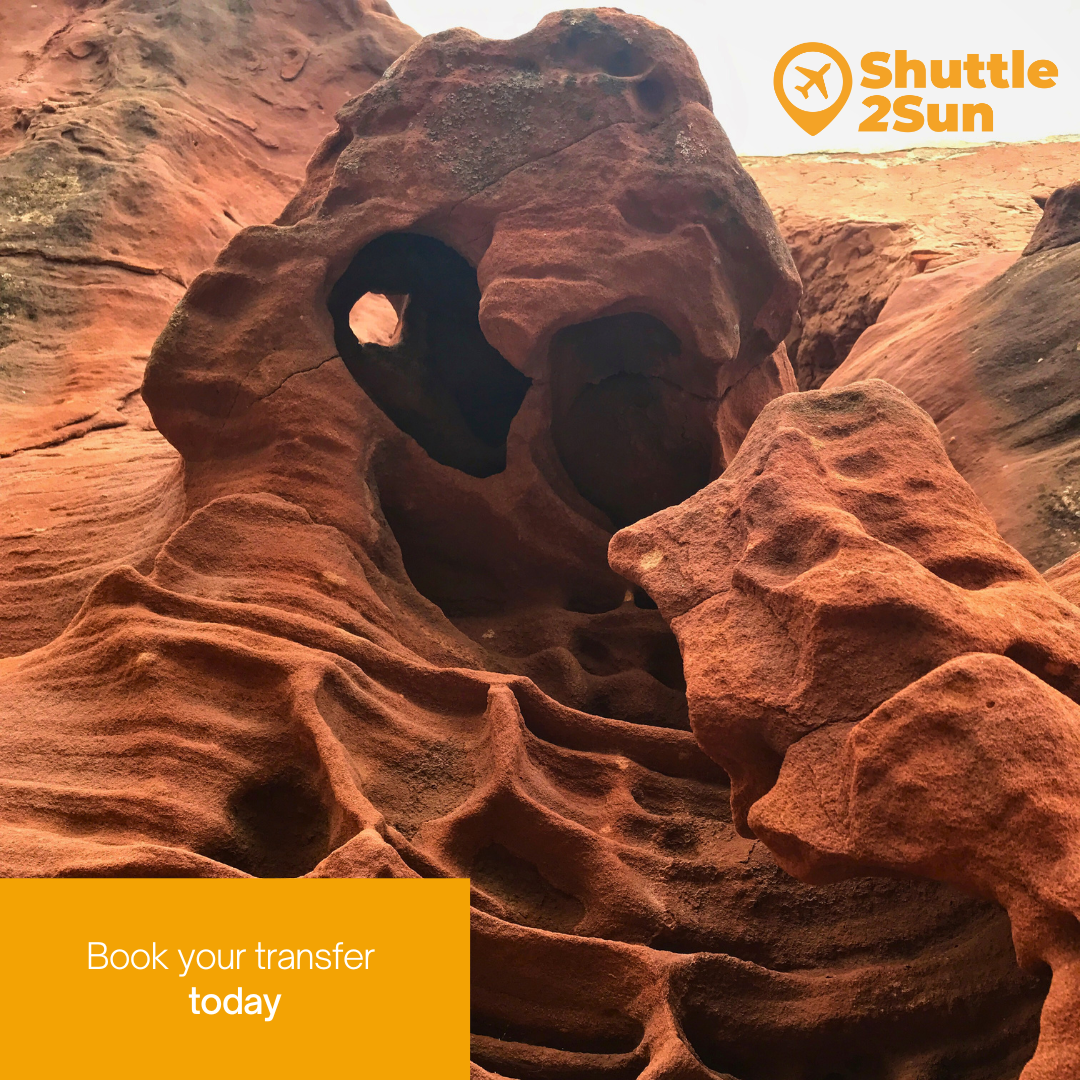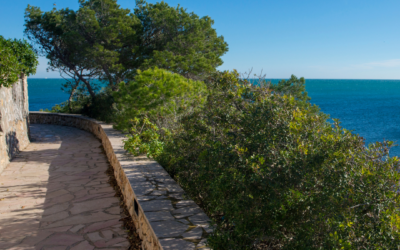Between the Colldejou mountain range and Costa Dorada lies the municipality of Mont-roig del Camp, organised into several population centres: the old town inland, a few kilometres from Reus and Tarragona; Miami Playa on the coast, south of Cambrils; and various housing developments in the surrounding area.
Tarragona hides a rich historical, cultural and artistic heritage, unknown to many, among its streets and natural surroundings. For example, this place was a great inspiration for the artist Joan Miró, who dedicated several paintings to it while he spent his summer holidays here. In addition, the medieval remains of its old town make it the perfect place for history lovers.
Mont-Roig del Camp is certainly worth a visit, paying special attention to all those details that may go unnoticed at first glance. Shuttle2Sun offers shared transfer services and private transfer services to get to the town from Barcelona airport, Barcelona port, Reus airport, Girona airport and Camp de Tarragona AVE train station. Remember that you can book your transfer up to 24 hours in advance.
Places in Mont-roig del Camp that inspired the artist Joan Miró
As mentioned above, Joan Miró, one of the most influential artists of the 20th century, spent many summers at the family farmhouse in Mont-roig del Camp, which his parents bought in 1911. The artist created a very important emotional bond with the landscapes of the town, which he reflected in many of his works and writings.
It was at the farmhouse that Miró spent long periods of time and developed his unique artistic style. In the painting “La Masia” (1921-1922) he reflects the essence of rural life and its link with Mas Miró and Mont-roig. Moreover, this work marks a milestone in his artistic career, leaving behind his figurative stage and giving rise to the style that characterises him so much, surrealism.
Currently, the Mas Miró has been declared a Cultural Asset of National Interest and its doors are open to the public. During the visit, you will see the different spaces where he lived and worked, among them: the farmhouse, the garden and the workshop, which still conserves Miró’s material.
Another of his key locations was the Ermita Mare de Déu de la Roca, located in a spectacular rocky setting. The hermitage and its surroundings are reflected in several of his works, for example, in the painting “Mont-roig, Sant Ramon” (1916), where the Capella de Sant Ramon can be seen.

Visiting the Chapel, the Chapel and the Roca Foradada is an incredible experience for the senses, where you can also enjoy a unique panoramic view of the Baix Camp.
The beaches of Miami Platja were also a frequent place of inspiration for Miró. The tranquillity and beauty of the coastline is captured in paintings such as “Platja de Mont-roig” (1916), showing his deep connection with the Mediterranean landscape. This painting is inspired by Pixerota Beach, Miró’s favourite beach, where he spent hours swimming and playing sports.
If you want to know more about the artist’s life, you can visit the Centre Miró, where you will find copies of some of his outstanding works and more information about the local places that inspired the artist.
Remember that Shuttle2Sun offers you its shared transfer services and private transfer services, from Barcelona airport, Barcelona port, Reus airport, Girona airport and Camp de Tarragona AVE train station.
The medieval essence of the old town
If we travel back in time, we come to an era in which the town was walled and presided over by a castle, as well as defended by watchtowers on the coast. Today, a stroll through the old town takes us back to that time, allowing us to discover some of the architectural and historical gems that are still preserved.

The remains of the old wall and the “d’Avall” and “de la Canal” gates allow us to imagine the walled town of medieval times. The “Portal d’Avall“, located in Plaça Joan Miró, was the main entrance to the town and was protected by a defence tower that today forms part of the bell tower of the Església Vella de Sant Miquel. The remains of the wall in Carrer de la Murada lead us to the “portal de la Canal”, which also conserves a defence tower.
The Església Vella de Sant Miquel, with its bell tower built on top of the old defence tower, is a clear example of Renaissance architecture. Over the years, it has survived multiple sackings and wars, which led to the construction of the church of Sant Miquel. Although it now houses the Miró Centre, its classical double doorway and imposing bell tower, where the bells continue to ring out, are still outstanding.
On the other hand, the Església de Sant Miquel is located where the 12th century castle used to stand. Its size and majesty have given it the nickname of the cathedral of Baix Camp. However, despite its grandeur, the church is still unfinished and does not have a bell tower, so it cedes the protagonism of the sound of the bells to the Vella church.
Finally, behind the church of Sant Miquel, we find the remains of the old prison, with its voussoired stone door and barred window, which remind us of the past of this town.
Other emblematic places
Remembering the location of Mont-roig del Camp, you can enjoy different walking routes in the charming natural environment that surrounds it. Two of the most outstanding routes are: Per camins rals a la Muntanya Blanca and Camí del Casalot from Mont-roig poble.
To end your visit to the village, visit the Olis Solé Museum and Shop, located in Miramar square. This museum offers a fascinating journey through the history of olive oil, showing old presses, tanks and traditional tools.
Remember that Shuttle2Sun offers you its shared transfer services and private transfer services, to get to Mont-roig del Camp, from Barcelona airport, Barcelona port, Reus airport, Girona airport and Camp de Tarragona AVE train station. Remember that you can book your transfer up to 24 hours in advance.



